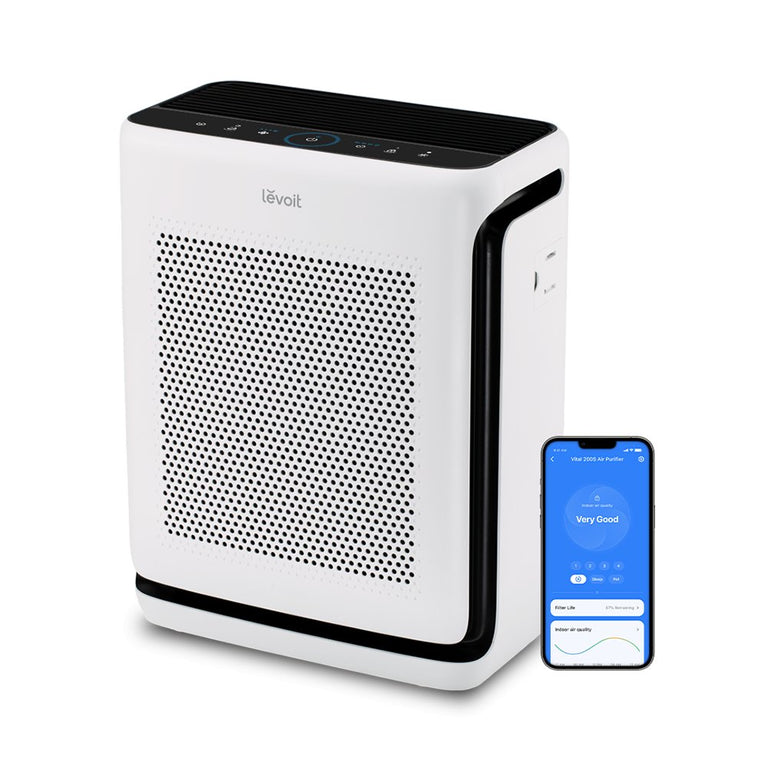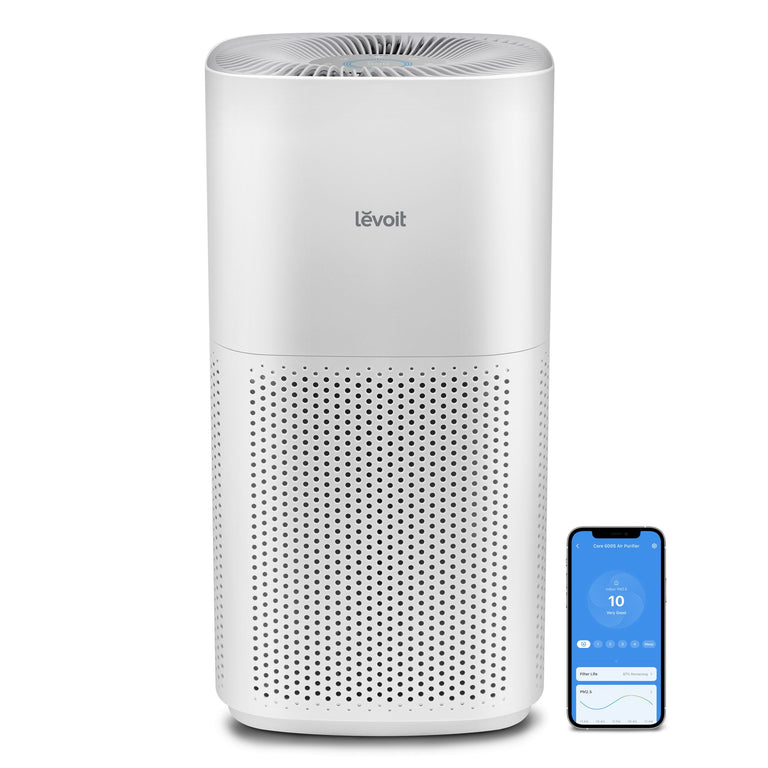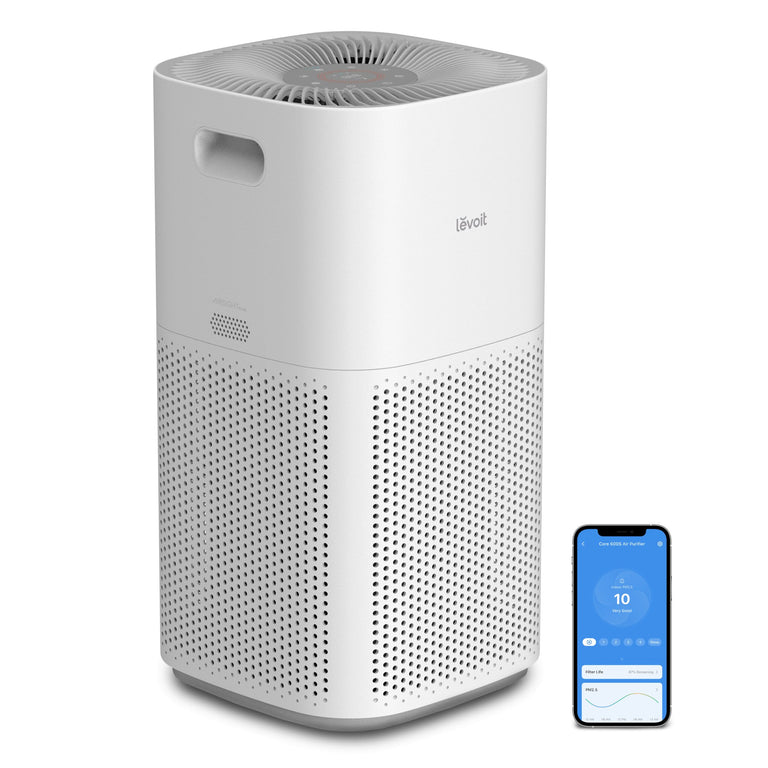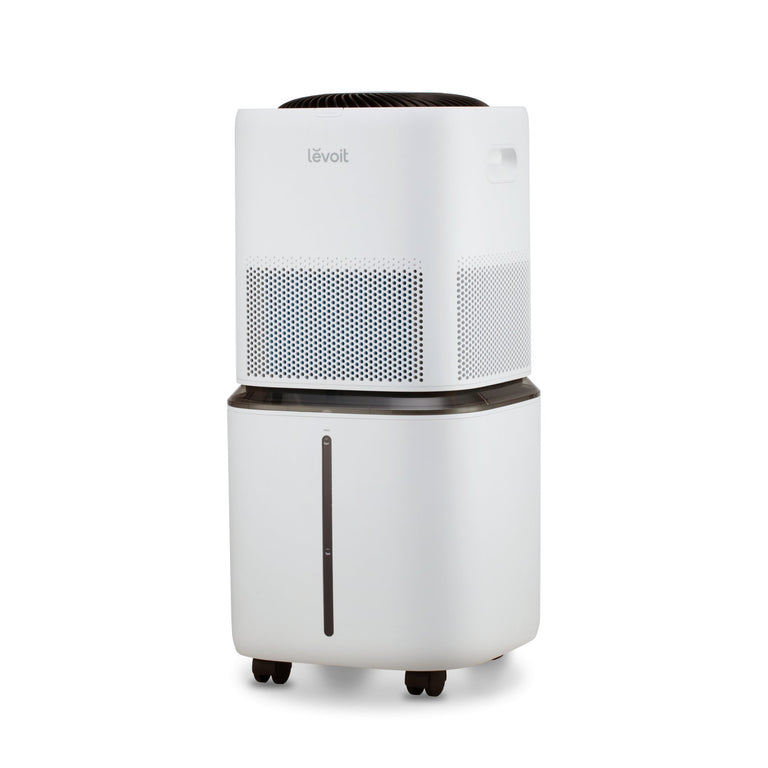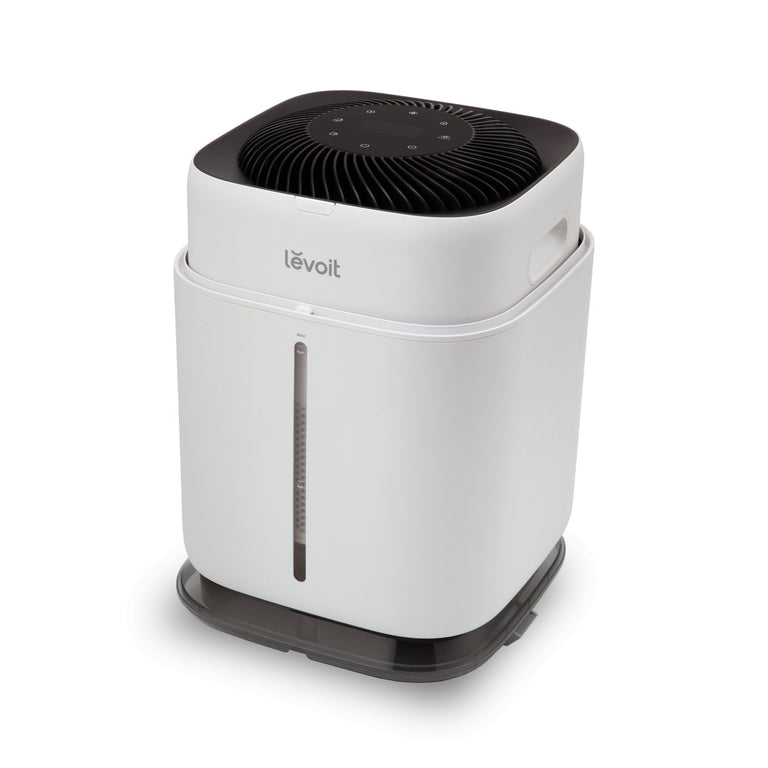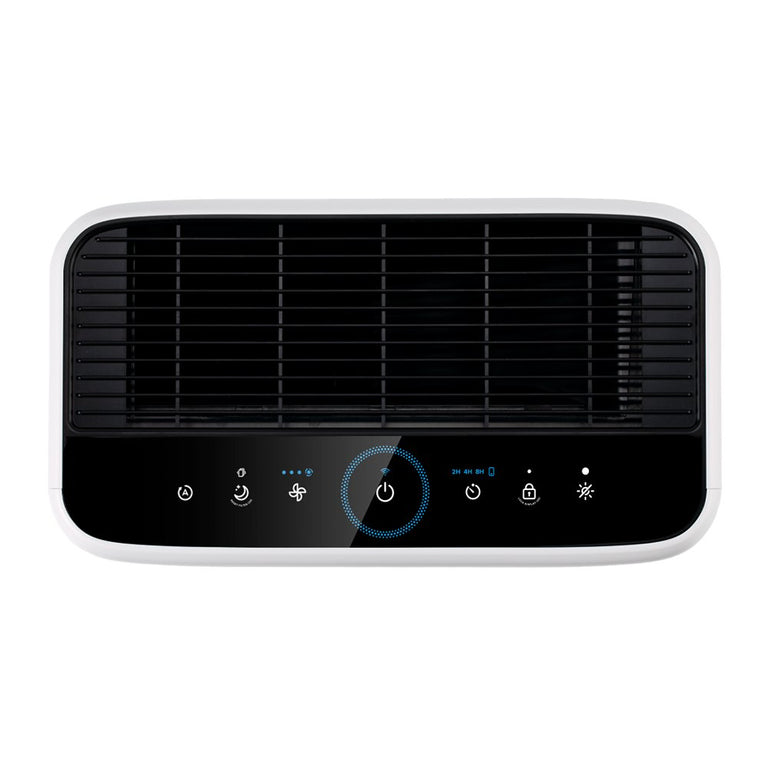
Protecting Your Home From the Dangers of Airborne Pollution
-
1 min read
Protecting Your Home From the Dangers of Airborne Pollution
How the EPA’s 2024 particulate matter standards affect you and the air you breathe at home
If you live in a major city like Los Angeles, California, smog and other forms of airborne pollution are a regular part of your life. Due to the high concentration of cars and numerous industries, many dangerous pollutants accumulate in the air and are breathed in every day, which can lead to health problems over time.
On Feb. 7, 2024, the Biden Administration released new, more rigorous standards for fine particles, or soot – a dangerous type of air pollutant. Under the new standard, annual average concentrations of fine particles can't exceed 9 micrograms per cubic meter of air; the previous standard was 12 micrograms per cubic meter of air. An EPA analysis concluded that “a substantial body of published scientific literature documents the association between PM2.5 concentrations and the risk of premature death” and predicted that strengthening these standards will save 4,500 lives.
The Dangers of PM2.5
Fine particles that are 2.5 microns or smaller are known as PM2.5 and are 30 times smaller than a human hair, making them invisible to the naked eye. The EPA’s new annual soot standards specifically address this type of air pollutant.
These particles have a wide variety of sources, from fireplaces and diesel trucks to cooking fuels and burning waste, making them some of the most common pollutants in our air. PM2.5 pollutants are especially dangerous because they can work their way into your lungs and your bloodstream, increasing the risk of many major health problems, such as heart disease, cancer, stroke, and asthma attacks.
Other Types of Pollutants
Methane
Methane is another pollutant produced by agricultural production, specifically the meat and dairy industries. Cows are one of the largest sources of methane in the world. In addition to damaging the environment, methane also poses a threat to your health. It leads to the formation of ground-level ozone, which has been shown to contribute to serious respiratory illnesses. Another source of ground-level ozone is nitrogen oxide, which is created by automobiles and vehicle emissions. Nitrogen oxide can cause damage to the lungs and respiratory tract. With more vehicles on the road every year, the amount of nitrogen dioxide is only growing.
VOCs
Additionally, you don’t need to leave your home to risk exposure to airborne pollutants. Although we associate cleaning supplies with their fresh scents, they often contain VOCs (volatile organic compounds), which can also be found in other everyday household products like aerosols and personal care products. Once emitted into the air, these gases can be inhaled, increasing your risk of cancer.
For more information about common forms of pollution, check out these resources provided by the EPA.
What You Can Do
Many weather apps and websites provide an Air Quality Index that can alert you to dangerous levels of pollution on a given day. On days of high pollution, it is best to stay inside as much as possible and to wear a protective mask if you do need to go outside, especially if you have asthma or any other sensitive respiratory issues.
If you are interested in combatting pollution yourself, there are a variety of ways to reduce your carbon footprint. Walking, cycling, and public transportation are great ways to get where you need to go without burning fuel. In addition to vehicle exhaust, agriculture was one of the most cited sources of pollution in the previous section. Reducing your meat intake is a terrific way to improve your environmental impact. There are other ways to be more intentional with your diet as well. By consuming local produce and seasonal products, you can avoid purchasing food items that have been transported great distances to make it to your grocery store.
These are just a few options, but the internet is full of resources on how to be more environmentally conscious. Whatever you choose to do, it will have a positive impact on the world around you.
How Air Purifiers Can Help
Indoor air can be up to five times more polluted than outdoor air. However, effective air purifiers can be a great solution for airborne particles in your home, capturing everyday contaminants like pollen and pet dander as well as some of the pollutants mentioned above. Certain filters can reduce PM2.5 or even smaller particles, filtering at least 99.97% of airborne particles 0.3 microns in size. By reducing allergens and airborne pollutants like smoke, soot, and ash from your air, these filters can drastically improve your indoor air quality. For gases and VOCs, use Levoit’s 3-Stage filters customized with our exclusive ARC Formula. These filters have 3-stage filtration to capture dust, pollen, pet dander, VOCs, household odors, and more.
Our Recommendation: The Levoit Vital 200S
Levoit’s Vital 200S provides long-lasting comfort by creating a purified atmosphere for your home. The long-lasting 3-stage filtration system is equipped with a Washable Pre-Filter (captures dust, pet fur, and hair), Main Filter (traps at least 99.97% of airborne particles as small as 0.3 microns in size), and a High-Efficiency Activated Carbon Filter (adsorbs VOCs and odors). For peace of mind, the infrared dust sensor automatically adjusts the fan speed based on indoor air quality.
From pet-friendly households to home-cooking hubs, the Vital 200S’s high-grade clean air delivery rate of 245 CFM, energy-efficient DC motor, and low noise levels will keep your space fresh so you can worry less about air pollutants and focus more on the things you love.
Whether you are at home or away, rest easily knowing that your space will always be refreshed with purified air. Use the touch display to turn on Auto or Sleep Mode and choose between the updated 4 fan settings with turbo speed to match your preferences. You can also enjoy smart features and Pet Mode using the free VeSync app as well as activate voice control to remotely operate your air purifier with ease.
Breathe easy knowing that the Vital 200S is energy-efficient and holds certifications from ENERGY STAR and FCC. Lead a healthier lifestyle with Levoit.
Important Note
The information provided here is for informational and educational purposes only and should not be used in medical emergencies or for diagnosing or treating any medical condition. It's crucial to consult a licensed medical professional for diagnosis and treatment. External links are for informational purposes and do not constitute endorsements. No warranty of any kind, either expressed or implied, is made as to the products and/or the accuracy, reliability, timeliness, or correctness of the information provided herein.
Citations:
CDC: Agency for Toxic Substances and Disease Registry
Environmental Protection Agency
Featured Products
-
$30 OFFModel: LAP-V201S-WUS
- New
- Smart
- Large rooms
-
NewModel: LRF-V201-BUSRegular price $64.99Unit price perRegular price
- New
-
NewModel: LRF-V201-GUSRegular price $59.99Unit price perRegular price
- New
-
NewModel: LRF-V201-YUSRegular price $59.99Unit price perRegular price
- New

